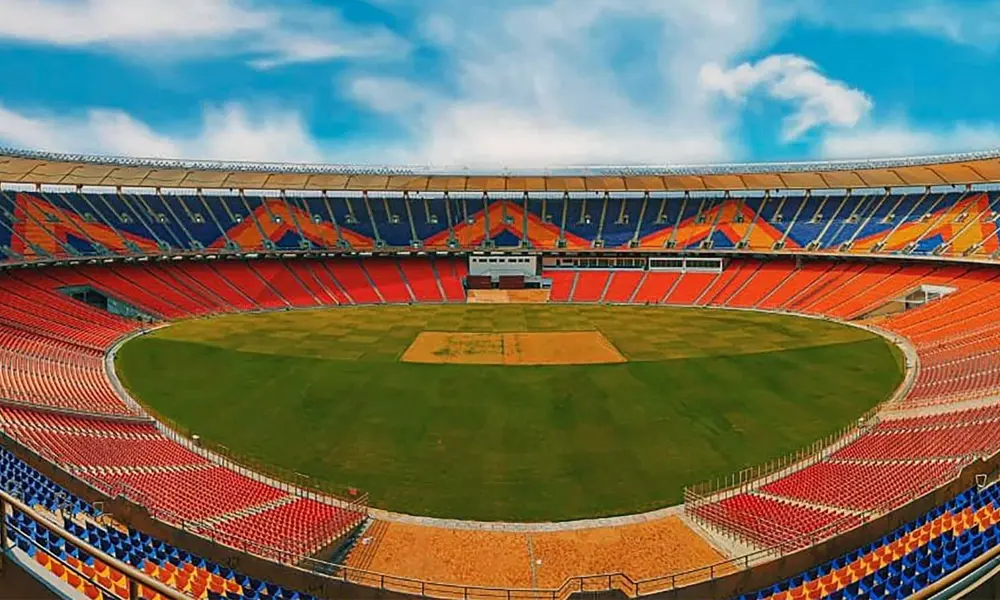Cricket's Role in Bridging Cultures and Nations

Cricket, often referred to as a gentleman's game, has transcended its origins to become a powerful force in fostering unity, understanding, and friendship across cultures and nations. Originating in England, cricket spread through the British Empire and beyond, carrying with it a legacy of camaraderie and shared passion that continues to resonate globally. In this blog, we explore how cricket serves as a bridge between diverse cultures and nations, promoting mutual respect, cultural exchange, and international cooperation.
Historical Context: Cricket's Global Expansion
Cricket's journey from its origins in England to becoming a global phenomenon is intricately tied to the history of British colonialism and cultural exchange. Introduced to different regions of the British Empire, including South Asia, the Caribbean, Africa, and Oceania, cricket became not only a sport but also a medium for social interaction, community bonding, and identity formation among diverse populations.
Cultural Exchange and Mutual Respect
Cricket's global appeal lies in its ability to transcend linguistic, cultural, and geographical barriers:
- Iconic Rivalries: Matches between cricketing nations, such as The Ashes between England and Australia, India vs. Pakistan, and Australia vs. West Indies, showcase intense competition but also mutual respect and admiration for each other's cricketing prowess.
- Player Diversity: Cricket teams represent diverse cultural backgrounds, reflecting multicultural societies and providing opportunities for players from different ethnicities and regions to shine on the international stage.
- Celebration of Diversity: International tournaments like the Cricket World Cup and ICC T20 World Cup bring together teams and fans from around the world, celebrating diversity and promoting global understanding through a shared love for the game.
Diplomatic Relations and Soft Power
Cricket has played a significant role in diplomacy and international relations:
- Sports Diplomacy: Bilateral and multi-national cricket series serve as platforms for diplomatic dialogue and cultural diplomacy, fostering goodwill and enhancing diplomatic ties between nations.
- People-to-People Contacts: Cricket tours and exchanges between countries facilitate people-to-people contacts, cultural exchanges, and grassroots diplomacy, strengthening bonds and promoting peaceful coexistence.
Grassroots Development and Globalization
Cricket's popularity continues to grow beyond its traditional strongholds, thanks to initiatives aimed at grassroots development and global outreach:
- Development Programs: International cricket boards and organizations invest in grassroots development programs, promoting cricket among youth, women, and marginalized communities, thereby democratizing access to the sport.
- Expansion of Formats: The introduction of T20 cricket and the popularity of domestic leagues (such as the Indian Premier League, Big Bash League, and Caribbean Premier League) have broadened cricket's appeal and attracted new audiences worldwide.
The Spirit of Fair Play and Camaraderie
At its core, cricket embodies values of fair play, sportsmanship, and camaraderie:
- Spirit of Cricket: The "Spirit of Cricket" emphasizes respect for opponents, umpires, and the game's traditions, fostering a sense of unity and shared responsibility among players and fans alike.
- Cultural Icon: Cricketing legends and iconic moments in the sport's history transcend national boundaries, inspiring admiration and respect for cricket's role in promoting unity and friendship.
Conclusion
Cricket's role in bridging cultures and nations extends far beyond the boundaries of the playing field. As a global sport with a rich heritage and universal appeal, cricket continues to serve as a powerful catalyst for unity, understanding, and cooperation among diverse communities and nations. Embracing its cultural diversity and promoting inclusivity, cricket stands as a beacon of hope and inspiration, demonstrating the transformative power of sport in bringing people together across continents and generations.

